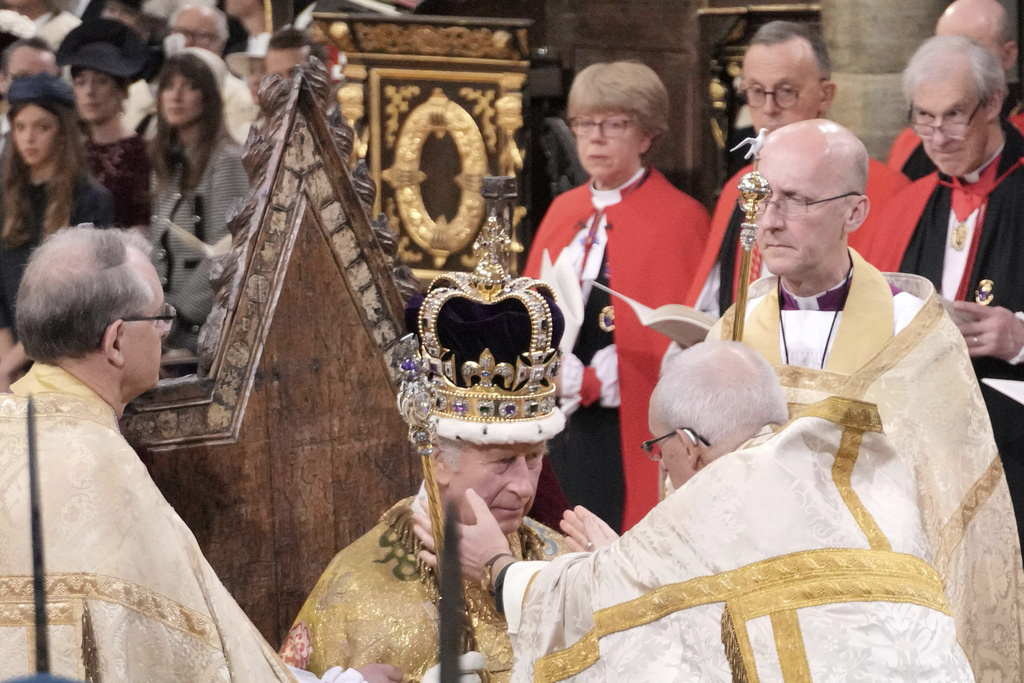While Great Britain was preparing for the coronation of Charles III — who is also the head of the Church of England — an event took place in Africa that went unnoticed by the major media but represents an important moment in the history of Anglicanism.
A total of 1,300 Anglican faithful, including 11 black primates of Anglican churches, gathered in the Rwandan capital of Kigali to discuss the future of their community.
At the center of the debate was Archbishop of Canterbury Justin Welby. Viewers who watched the coronation broadcast in London will remember him as the church dignitary who coronated Charles III with the crown of St. Edward. However, during this ceremony, he had already been declared a heretic and apostate by Anglican leaders representing 85 percent of the faithful of this denomination worldwide.
How did this happen?
The Anglican Communion is the third largest Christian denomination in the world after Catholics and Orthodox Christians. It has 85 million followers who belong to 39 independent local churches. Most of these churches are small, such as those in Japan, Hong Kong, or South Korea. The largest churches, however, are found in former British colonies in Africa, such as Kenya, Nigeria, Tanzania, and Uganda. The communities on the African continent collectively represent 85 percent of Anglican believers worldwide.
It was at the initiative of religious leaders representing Third World countries that the Global Anglican Future Conference (GAFCON) was established in 2008. Its founding was a reaction of local believers to the theological direction taken by churches in the North Atlantic region, such as those in England, Wales, Scotland, and the United States.
There was particular opposition to the ordination of women as priests and the acceptance of homosexuality. Over time, the doctrinal and moral gap between the two parts of Anglicanism deepened, but a compromise was reached that allowed for official unity despite fundamental theological and anthropological differences.
However, this fictional unity was eventually publicly shattered.
The main cause was the Church of England’s decision in February to officially bless “same-sex marriages” in its churches. This led Anglicans gathered at GAFCON IV in Kigali to officially declare the Archbishop of Canterbury Justin Welby an apostate and called for his repentance and penance. The final document on this matter was signed by 11 primates of Anglican Churches and other conference participants.
What lesson can Catholics draw from this?
These events expose the illusion that “unity in diversity” can be maintained in matters of faith and morality. Many “reformers” in the Church, who set the tone for the current Synod in Western countries, hope to incorporate the Anglican model into Catholicism. They hope for doctrinal decentralization, which would allow for the coexistence of episcopates in the same Church, some of which bless same-sex unions (as in Germany or Belgium) and others who consider it a grave sin (as in Central Europe or Africa).
However, the example of Anglicanism shows that this path leads to schism and that such a model cannot be sustained in the long run.





